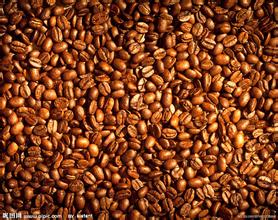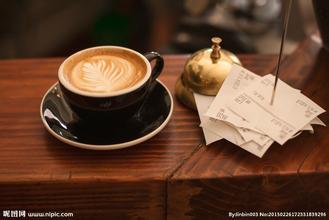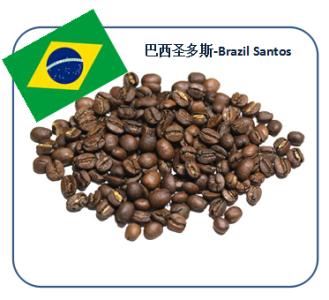The difference between espresso and American coffee
The difference between espresso and American coffee
To ensure that the powder bowl is clean and dry, the extracted coffee powder left in the powder bowl will affect the taste of the new cup; in addition, after the coffee is ground into powder, the oil will be released and the oil and water will not be miscible, affecting the extraction of coffee.
The most important sign of a good espresso is that it has a light camel-colored emulsion (Crema), which is a mixture of fat, water and air in the coffee during the extraction process. The emulsion should be uniform in color, about 3 cm to 5 cm thick, shake the coffee cup gently, and this layer of emulsion will stick to the wall like thick syrup. If the emulsion is dark brown or even black, the coffee is overextracted; if it is yellowish, the coffee has not been fully extracted.
Extracting coffee is a very intense process, with a pressure of 135 pounds (what we call a 9 Pa water pressure), equivalent to an adult's weight, acting on 7-10 g of coffee powder.
Immediately after installing the brewing handle, start the extraction and pick up the coffee in a warm cup (it is best to keep the warm coffee cup dry, the residual moisture will also affect the concentrated taste). The normal Espresso extraction process is 20: 30s to extract 25~30ML coffee, depending on the taste you want. (the video says the extraction is 1.5 ounces, mainly based on the taste you want.) if your product looks light and tastes thin, you need to slow down the flow, that is, you need to fine the scale. If the product is very dark and too concentrated, the scale needs to be thickened.
Due to the different quenching ingredients, in general, if the Italian coffee is not up to standard, or too deep, or too shallow, it will not have a very thick taste. The basic feature is that the taste is very thin. In addition, the taste of Italian coffee beans made by most new coffee companies is not good enough to have a thick enough taste.

Important Notice :
前街咖啡 FrontStreet Coffee has moved to new addredd:
FrontStreet Coffee Address: 315,Donghua East Road,GuangZhou
Tel:020 38364473
- Prev

A video illustration of the steps of making coffee in a hand pot
Video illustration of the steps of brewing coffee in a hand pot the taste of brewing coffee in a siphon pot is lighter than that in a French filter kettle, because part of the water in the upper pot does not flow into the upper pot to come into contact with coffee powder. In addition, because alcohol has been heated all the time, it tends to be extracted at high temperature, so it is easy to extract bitterness or astringency and become stronger. And its use of filter cloth will also filter away.
- Next

Coffee powder common grinding thickness picture grinder which is better
There are many factors affecting the grinding degree of coffee powder, including the roasting degree of coffee beans (although the coffee beans used by Espresso should use a deeper roasting degree, but sometimes different roasting degrees may be used to roast the formula beans in order to pursue a richer taste), blending formula and so on. All of the above are the most common and can be used for
Related
- Beginners will see the "Coffee pull flower" guide!
- What is the difference between ice blog purified milk and ordinary milk coffee?
- Why is the Philippines the largest producer of crops in Liberia?
- For coffee extraction, should the fine powder be retained?
- How does extracted espresso fill pressed powder? How much strength does it take to press the powder?
- How to make jasmine cold extract coffee? Is the jasmine + latte good?
- Will this little toy really make the coffee taste better? How does Lily Drip affect coffee extraction?
- Will the action of slapping the filter cup also affect coffee extraction?
- What's the difference between powder-to-water ratio and powder-to-liquid ratio?
- What is the Ethiopian local species? What does it have to do with Heirloom native species?

